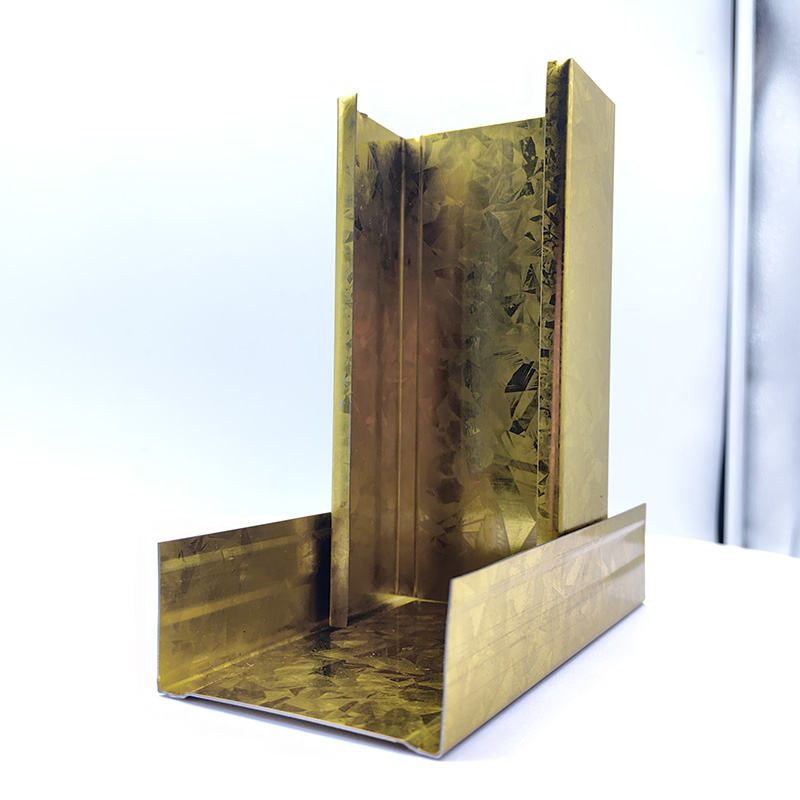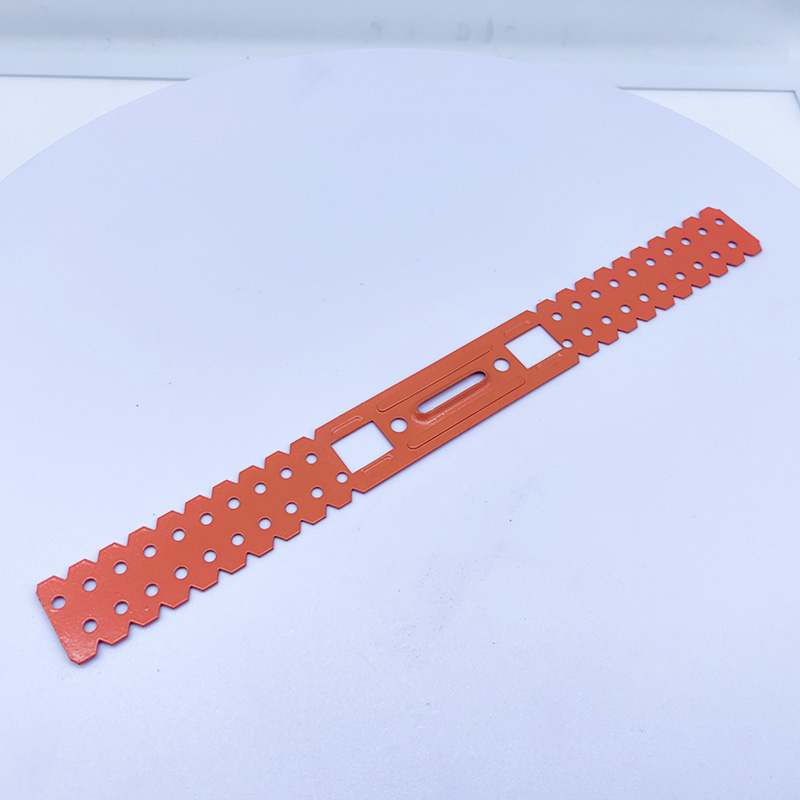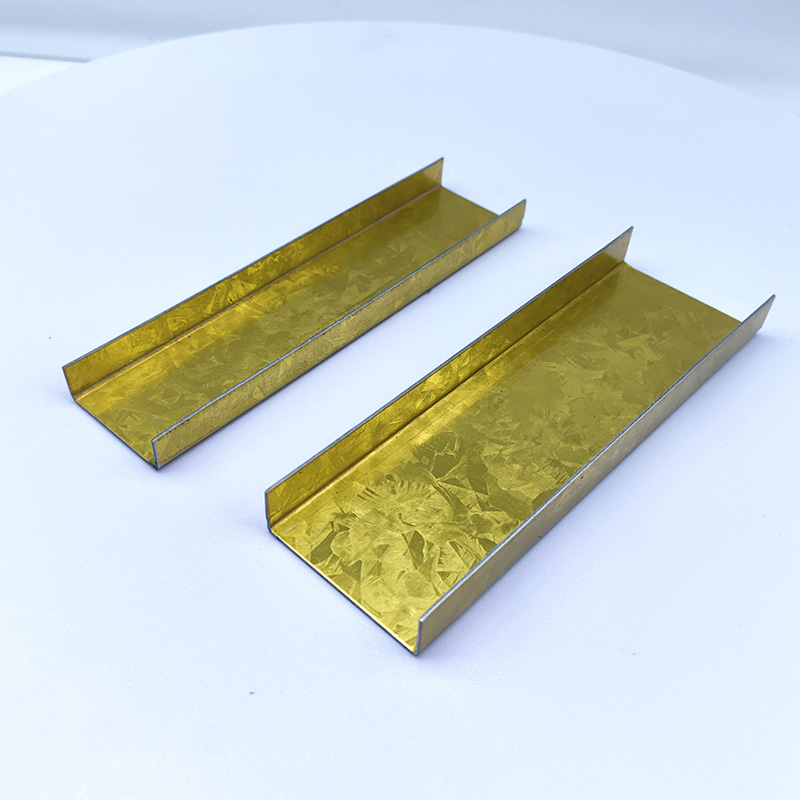The Secret to Enhancing Interior Aesthetics: The Decorative Potential of Ceiling Grids
2025-01-09 13:59:59
1. Introduction
Interior design is not just about aesthetics; it directly influences the mood and quality of life of the inhabitants. A well-designed space can enhance comfort, increase work efficiency, and even improve mental health. However, while walls and floors typically receive more attention, the ceiling, often referred to as the "fifth wall," is frequently overlooked. In reality, the ceiling is a crucial element of interior design, capable of adding immense beauty and depth to a space.
Ceiling grids, as an increasingly popular feature in modern interior design, not only serve structural purposes but also act as a significant medium for decorative artistry. By cleverly incorporating ceiling grid designs, we can easily enhance the overall visual impact and functionality of a space. This article explores how to utilize the decorative potential of ceiling grids to elevate the aesthetic appeal of interior spaces and create a unique living or working environment.
2. Basic Knowledge of Ceiling Grids
Definition and Classification
A ceiling grid, as the name suggests, is a mesh-like structure made from materials such as metal, wood, or plaster, typically used to support decorative panels or divide space. Common types of ceiling grids include:
· Metal Grids: With a modern, glossy finish, these are ideal for contemporary or industrial-style interiors.
· Wooden Grids: Warm and inviting, these are perfect for natural, rustic, or cozy living spaces.
· Plaster Line Grids: Elegant and classic, these are often seen in traditional or luxurious décor.
Installation and Maintenance
Installing a ceiling grid requires professional expertise, usually involving the installation of suspension rods, securing the frame, and constructing the grid structure. Ensuring the structure is stable is vital to prevent loosening or sagging over time.
In terms of maintenance, regular cleaning is essential. For metal grids, a dry cloth can be used to wipe off dust, while wooden grids should be periodically oiled to prevent material aging or moisture damage.
3. Decorative Strategies for Ceiling Grids
Color and Material Selection
The choice of color and material plays a crucial role in the decoration of ceiling grids. By selecting the right color, different interior atmospheres can be created. For example, warm wooden grids bring a natural, tranquil vibe, while metal materials enhance the modern and technological feel of a space.
For color selection, lighter shades can enhance the sense of space, while darker tones create a more grounded and stable atmosphere. When matching with the overall interior color scheme, the material and color of the ceiling grid should coordinate with the style of the walls and furniture.
Patterns and Textures
Ceiling grids are not limited to traditional square or rectangular designs. Creative patterns and textures can add unique visual effects to the ceiling. For example, geometric shapes or carvings of natural elements can inject vitality into the space, giving it a more personalized character.
Additionally, the textural differences of the grid can elevate the sense of space. The contrast between the smooth surface of metal and the textured surface of wooden grids creates depth and dynamism visually.
Lighting and Shadows
Lighting and shadows are vital elements in the design of ceiling grids. By using recessed lighting, chandeliers, or other lighting fixtures, the visual effect of the grid structure can be enhanced, creating a unique atmosphere. Variations in light source angles can make the ceiling grid display different layers and spatial perspectives.
For instance, using hidden lights and soft lighting creates a warm, relaxed atmosphere, while intense spotlights can highlight the details of the ceiling, creating a modern or artistic environment.
Integration with Other Decorative Elements
The integration of ceiling grids with other decorative elements is equally important. By combining them with wall art, flooring materials, and furniture arrangements, the overall harmony of the design can be improved. For instance, wooden ceiling grids can resonate with the wood texture of the floor to enhance the natural feel, while metal grids can blend seamlessly with the minimalist style of modern furniture, boosting the sense of fashion.
In practice, ceiling grids often work in conjunction with other design elements to create focal points or visual flow, ensuring the space is both aesthetically pleasing and functional.
4. Practical Tips for Ceiling Grid Decoration
Optimizing Small Spaces
In small spaces, the design of ceiling grids becomes especially important. To avoid making the space feel cramped or oppressive, lightweight materials and simple patterns should be chosen, avoiding overly complex elements. Using lighter-colored grid designs can make small spaces appear more open and brighter.
Creating Focal Areas
Ceiling grids have unique charm when used in focal areas. For example, in dining rooms or study spaces, ceiling grids can act as a visual centerpiece, enhancing the sense of depth and artistic ambiance. Custom designs can emphasize the function and atmosphere of specific areas.
Innovative Applications
With the advancement of technology, the decoration of ceiling grids is also evolving. Some designers are beginning to combine projection technology with ceiling grids to create dynamic ceiling effects. Additionally, sound art is emerging as a new application, integrating sound and visual effects through ceiling grids to create an immersive spatial experience.
5. Conclusion and Summary
As an important element of interior decoration, ceiling grids serve not only as a support structure but also bring unique aesthetic effects to the space. From color and material selection to lighting and patterns, ceiling grid decoration undoubtedly enhances the visual appeal of a space and reflects personalized style.
Whether optimizing small spaces or innovating in focal areas, the decorative potential of ceiling grids is something every homeowner or designer should explore and implement. With the right design and application, ceiling grids can become a secret weapon in enhancing the beauty of interior spaces.
Looking to the future, the ceiling decoration field will see more innovations and breakthroughs, with the use of smart technology and sustainable materials becoming the new development trend, bringing more possibilities to interior design.

A Double Anti-Rust Gold Partition Wall Stud is a type of steel stud commonly used in the co...

A CD UD Profile Furring Clip U Clamp is a type of metal fastening component used in the ins...

A 60mm Ceiling Grid refers to a type of suspended ceiling system, commonly used in commerci...

38mm Main Tee and 50mm Main Tee refer to the widths of the main tee profiles used in suspen...

